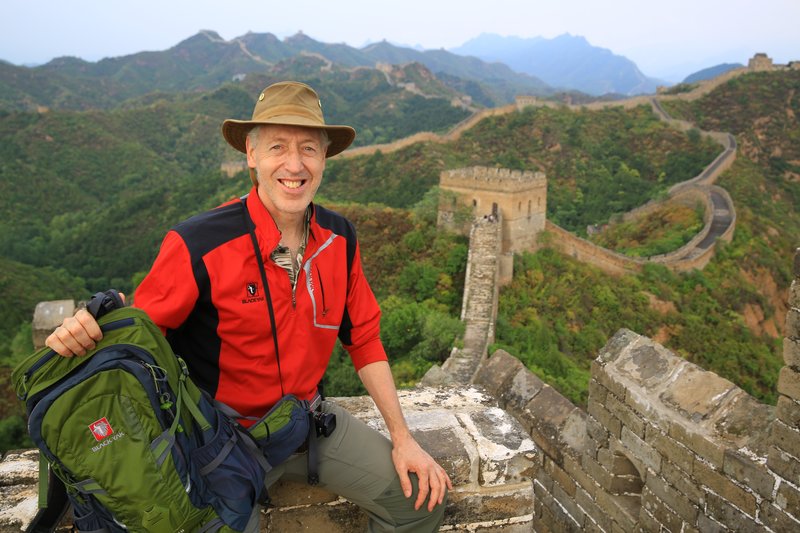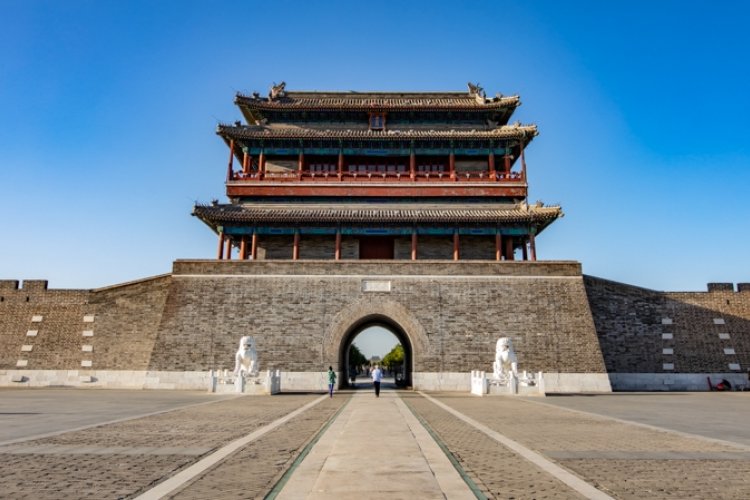Explorer, Geographer, and Beijinger William Lindesay Tells Us What's Left to Discover about the Great Wall
William Lindesay is a fanatic. While he may be a caring father of two boys, a loving husband, and an occasional innkeeper and photo guide, the study and conservation of the Great Wall of China is at the center of his life. It’s been that way ever since a run with his brother along Hadrian’s Wall in the UK, and a dream that one day, he might do the same thing on China’s iconic, protective artifice. He got that chance in 1987, and completed what the Xinhua News Agency called “the most successful foreign exploration of the Great Wall.”
In 2012, Lindesay discovered a previously unknown section of wall in Mongolia, along with Mongolia Professor Baasan Tudevin, which he estimated to date to the Yuan Dynasty, in the 11th or 12th century.
Lindesay’s fifth book, The Great Wall in 50 Objects, takes a fresh look at Beijingers’ favorite Wonder of the World by using things found on and around the Wall to tell its story. “At first I looked for similar objects to group together. But my son Jimmy started to put contrasting objects with each other, and that made more sense,” Lindesay said.
He explains the story-via-objects methodology in the book’s introduction: “How many objects? Surely a structure as long as the Great Wall merited a telling with a good number. The construction history of the Great Wall, actually a series of border-defense systems, spans approximately 2,000 years from around the third century BC to the mid-17th century, during which time umpteen different great walls – perhaps 16 – built by different dynasties appeared in the northern territories of their domains.
“Of these, it is the Ming Dynasty Great Wall which is the face of the great walls as the world knows it today. As it’s ‘only’ 500 years old on average, and therefore the best preserved of all the great walls, there is a plethora of antiquities that show and tell its history. That dynastic period alone could generate fifty objects worthy of study. But the Great Wall’s story goes well beyond the Ming Wall’s story; at least equal coverage of the pre-Ming era seemed reasonable.
“Was there any need to choose a round number, other than for neatness’ sake? One hundred objects, I decided, would be too many for the magazine [the book began as a series of articles for the Chinese edition of National Geographic, but included too much material for the final published volume] to commit to, and for readers to absorb. I’d conceived my project, after all, as an exhibition which would showcase only the most enlightening, significant stories. This was not an academic project, a storage room; I wanted the exhibition to be succinct, accessible and personal.”
After explaining the history of masks, weapons, drinking vessels, and wooden items, the book actually ends with a 51st object, the Borgia Great Wall scroll, which once belonged to that powerful Spanish family. We’ll let you read that story for yourself.
William Lindesay presents "The Great Wall: The Way I Have Discovered It," Tuesday (Nov 10) evening from 6-7.30pm at Western Academy of Beijing. Look for William Lindesay’s The Great Wall in 50 Objects at the Bookworm later in November. Photos and excerpt from the book The Great Wall in 50 Objects by William Lindesay published by Viking Penguin 2015.
Photo courtesy of William Lindesay







